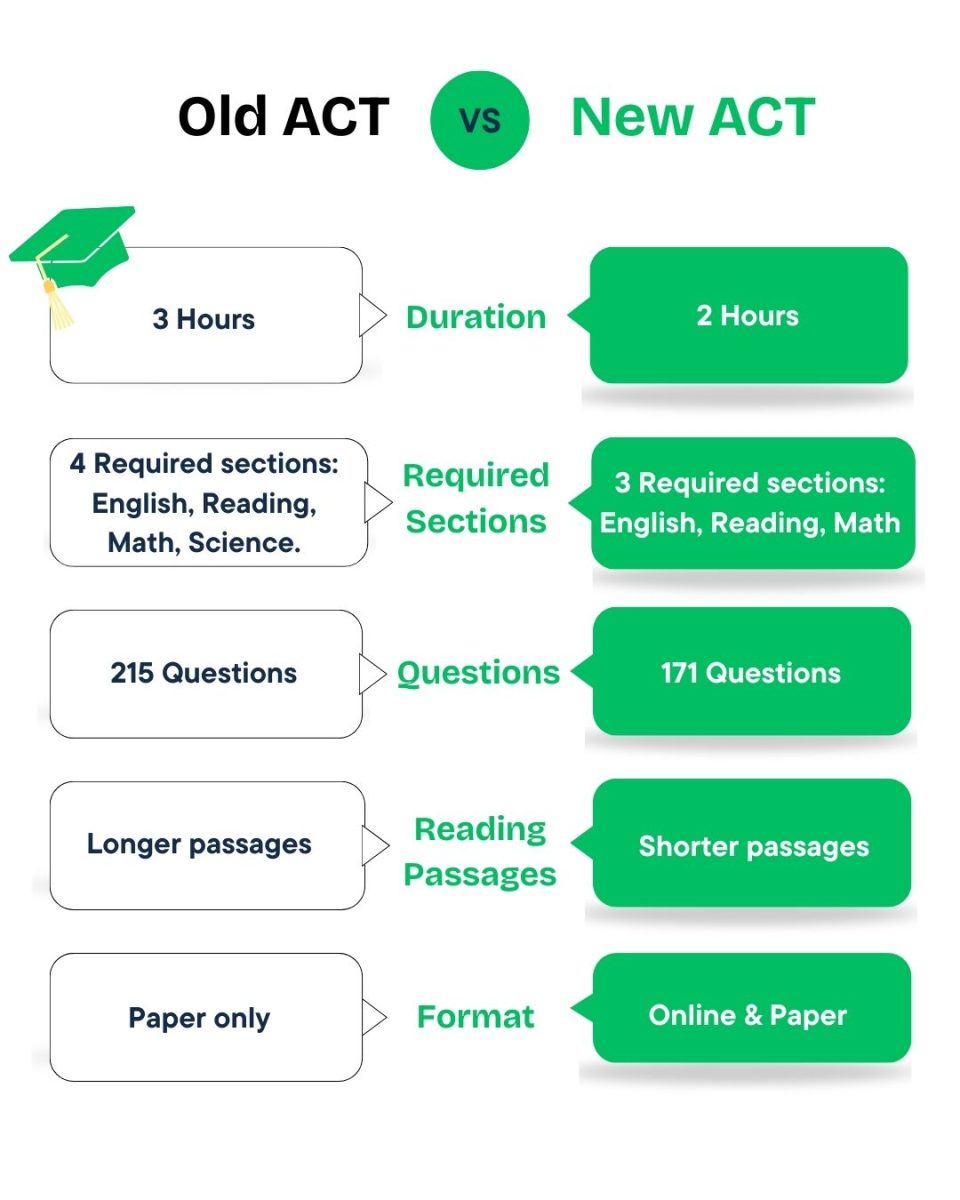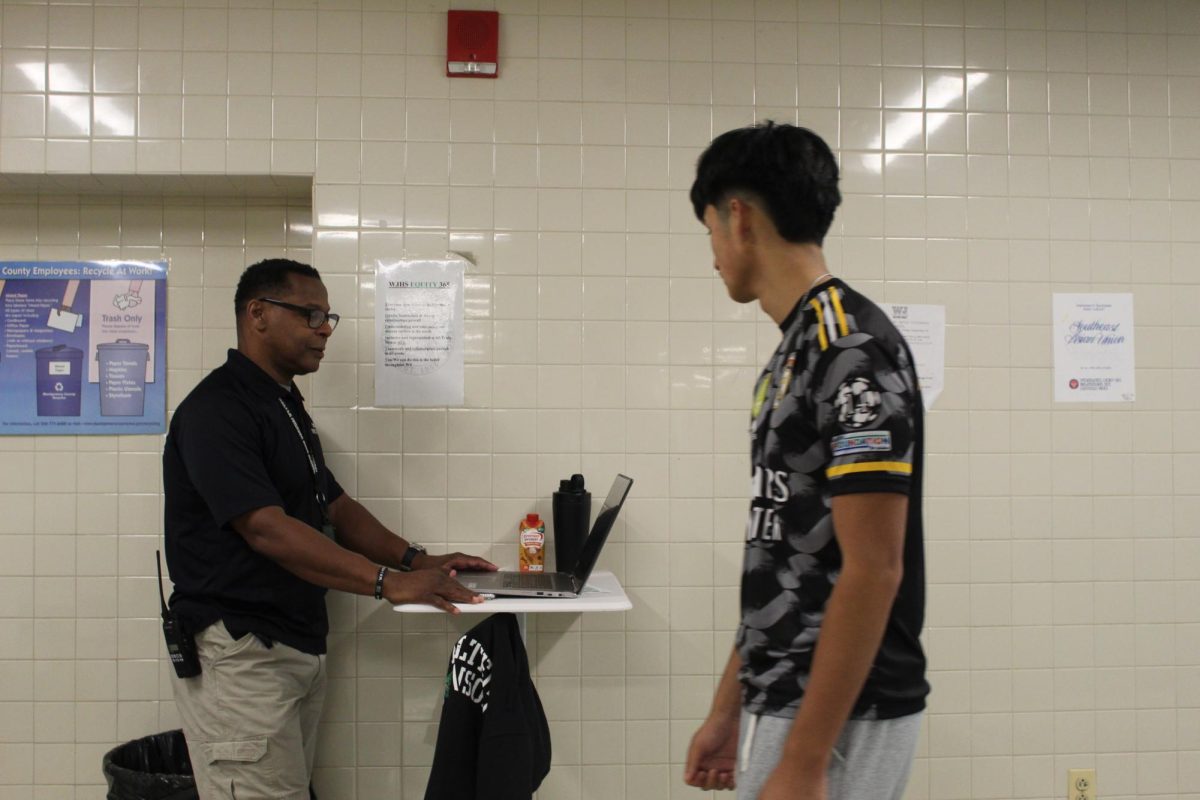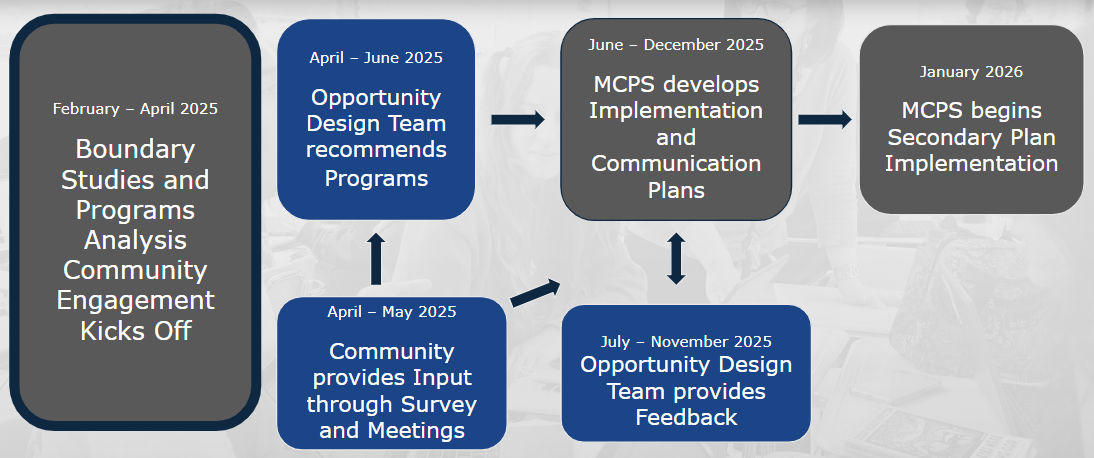Counselor Dennis Reynolds defines financial aid as a “combination of merit based and need based financial assitance through grants and loans that help with some of the cost of paying for college.” When applying for financial aid to receive money to pay for college, students are first encouraged to fill out the multiple forms and profiles that are offered by the federal government, the College Board and individual universities, and submit them to different universities. The multitude of different options, deadlines and procedures can make the process very difficult, especially for those who aren’t sure if they even qualify for aid.
Senior Kendall Repetti says she didn’t even apply for aid, stating “Bethesda kids are too rich for financial aid but too poor for college.”
Many other students agree with this sentiment such as senior Annie Heffernan, who applied but says she doesn’t think she will get any aid.
Counselor Dennis Reynolds disagrees.
“Its a common misconception that people who live in Bethesda can afford college tuition and wont get any aid. [But] I think schools recognize that college is getting more expensive,” said Reynolds.
Students typically start off by filling out the Federal Student Aid application (FAFSA), which is a federally regulated document that determines if students qualify for federal aid. FAFSA’s website states that “Federal Student Aid, a part of the U.S. Department of Education, is the largest provider of student financial aid in the nation. [We] help make college education possible for every dedicated mind by providing more than $150 billion in federal grants, loans, and work-study funds each year to more than 15 million students paying for college or career school.”
Many WJ students filled out FAFSA, such as senior Keenan Eure. However, like Heffernan, he didn’t think he would recieve much aid.
“The schools that I’ve heard from didn’t offer much at all, like Wash U (Washington University in St. Louis) offered me $2300 a year in aid,” he said.
Senior Jean Marc Nugent was hopeful that he would receive aid.
“I am hoping that I receive aid, but I am not sure that I will receive any, and if I do it will most likely not be very much,” he said. “But I had nothing to lose by applying, so I did just in case.”
The actual application consists of some personal information such as the usual date of birth and relationships, but also necessitates information regarding familial taxes. As families’ taxes are not all completed at the first release of the FAFSA in January, many families must use estimates and the previous year’s taxes to complete the form, going back into the form to edit the information as 2013’s taxes become available. This year FAFSA requested information regarding 2013 taxes and was released on January 1, 2014.
“You should always fill out FAFSA,” said Reynolds. “You never know what you’re going to get until you do it.”
After students and their parents complete the FAFSA they must send it to all of the colleges to which they have applied. While FAFSA is considered a necessary form for those seeking financial aid, others are important as well, but many make the mistake of only filling out the FAFSA. Some schools request other forms as well in order for students to be considered for financial aid, so it is important to check each school’s website to determine if there are other required forms and what the submission deadlines are.
Another common form is the CSS Profile which is offered by the College Board and is now required by almost 400 colleges and scholarship programs. The CSS Profile is similar to FAFSA in regards to the information that it asks for, such as current student and parent assets, money set aside for the student’s tuition, in addition to a written explanation of the family’s financial situation. However, it also asks for more detailed information, taking into account property ownership, for example . However, unlike the FAFSA, the CSS helps universities determine if they qualify for institutional financial aid (aid coming from the college itself, not the federal government). In addition, the CSS Profile is not free like the FAFSA, as sending the profile to one college or scholarship program costs $25. Additional reports are $16 each. Fee waivers can be aquired by students who are from low-income families with limited assets, the College Board will automatically waive their fees based on the information they input into the profile.
In addition to the CSS Profile, some schools request that students use the College Board’s Institutional Documentation Service (IDOC). IDOC is different for each family, but will typically request the previous year’s tax returns. The form is also offered by the College Board, so any information entered into CSS will be determine the requirements set forth by IDOC. This year the form requested 2013’s tax returns, parent and student W-2 forms, and other forms depending on the financial situation presented by the family within CSS.
Each family’s situation will be different, and some factors that may affect financial aid are citizenship, marital status of parents, and whether or not the student works. Divorced parents may have separate assets, which necessitate potentially extra forms, and students who work will need to fill out a W-2 form to list their own earnings and taxes.
Though most financial aid forms were due March 1, students who failed to fill out the necessary forms may still be able to apply if they call the financial aid offices of each of their schools and speak with the colleges’ representatives.
In addition to financial aid, students who are looking for alternative methods to pay for college can also seek out scholarships. There are many websites such as Fastweb.net and Naviance that allow access to different scholarships that students can apply for. Also, the College & Career Coordinator, Gayle Evans, sends out many emails to seniors regarding potential scholarships.
“With regards to scholarships, pay attention to Ms. Evan’s emails regarding scholarship and research [some online],” said Reynolds. “There is a lot of scholarship money out there that isn’t tapped into because students don’t want to take the time to look.”

















wiz khalifa's weed farm hack • May 16, 2017 at 7:25 pm
I couldn’t refrain from commenting. Very well written!